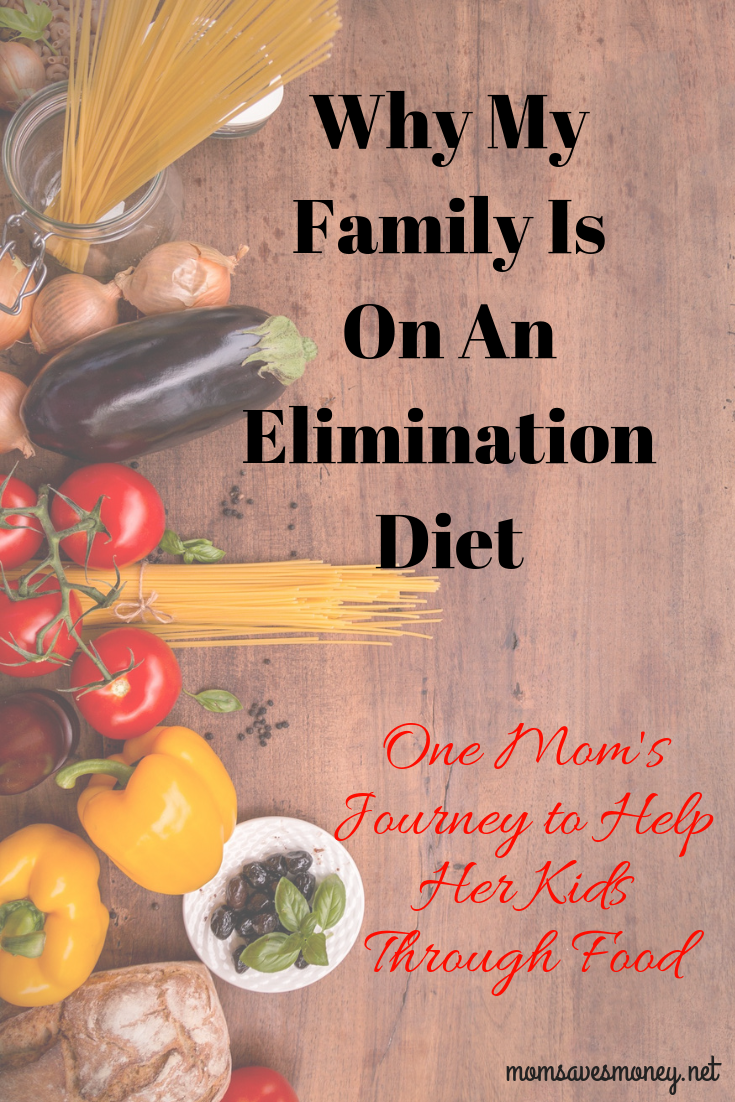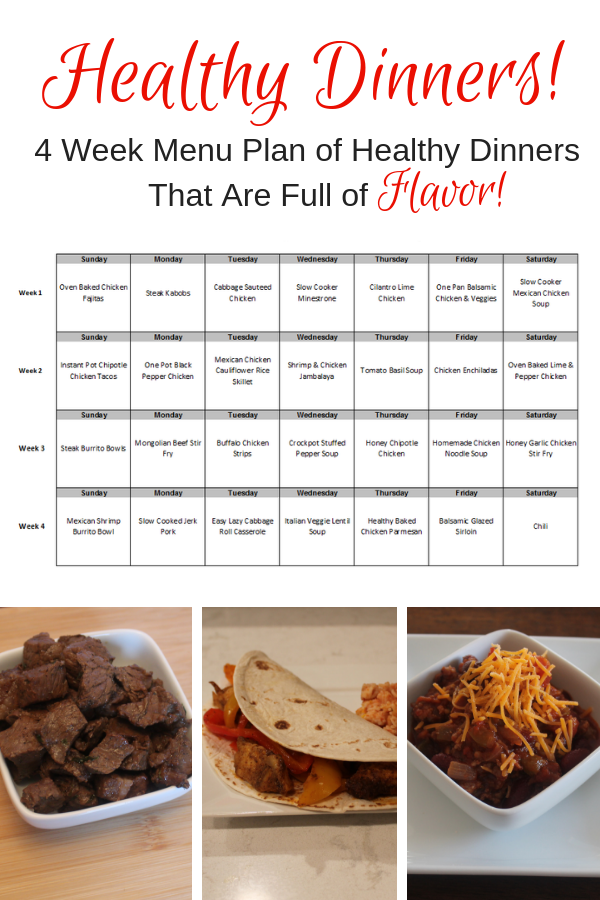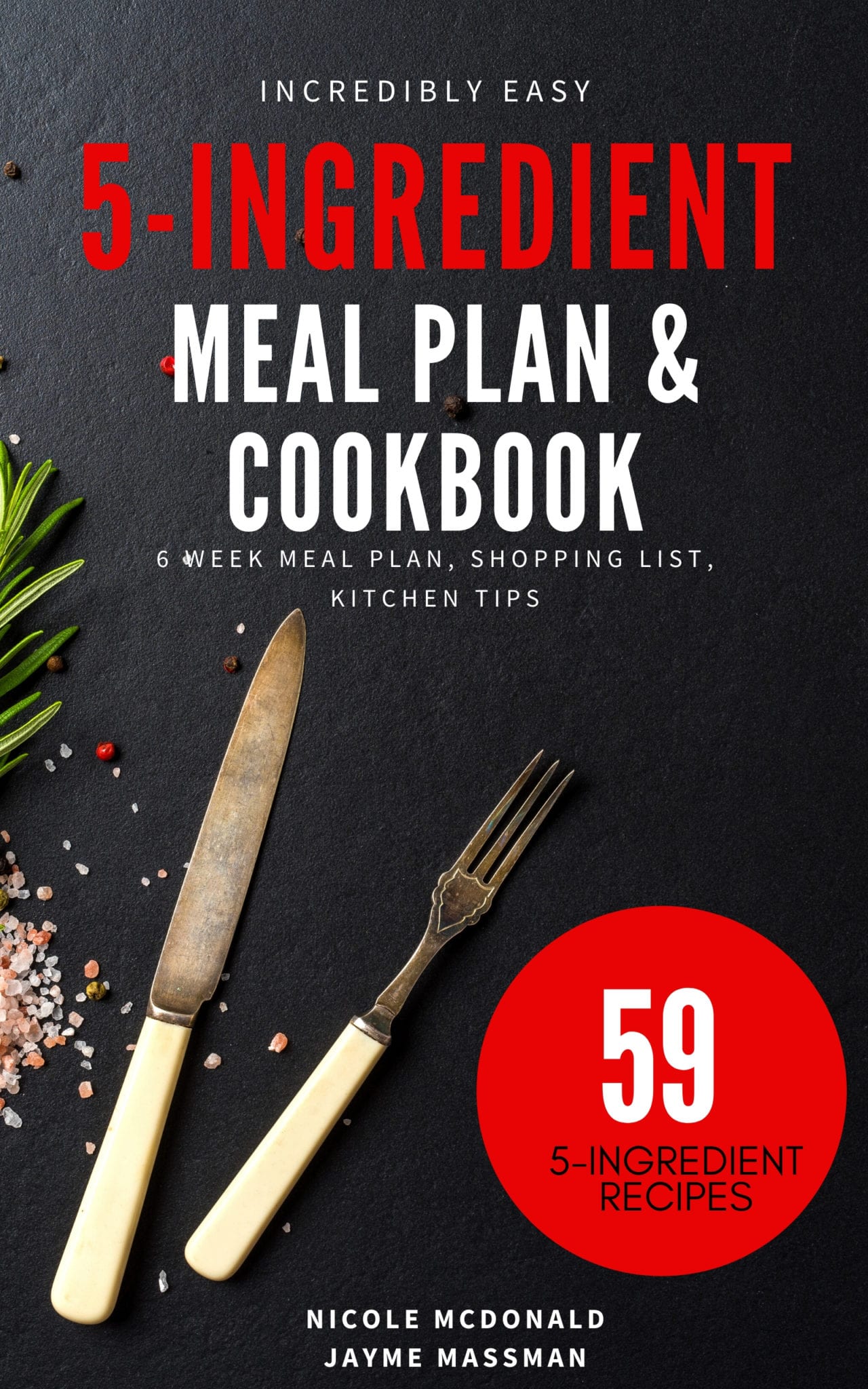
Our diet history has been kind of a weird one in our family. First of all, let’s talk about the word ‘diet’. When I use that word here, I don’t mean I’m-only-eating-500-calories-a-day-and-drinking-water-in-hopes-of-losing-weight kind of diet. I mean ‘diet’ as in “These are the foods that I put into our mouths and bodies.” Whether they’re “healthy” foods or not.
When we first got married and I got all excited about good deals and couponing, we ate all the good deals – regardless of sugar content or what we wanted to eat. “It was on sale!”, so I bought it.
That didn’t last long. I still got excited about good deals and couponing, but by the time I gave away our 20th box of cereal because we just weren’t going to eat it in time, we made some changes. And we started having babies – 4 of them in just over 4 years, in fact. No multiples. Just baby after baby after baby. After baby.
Struggles
Around the time when one of my sons turned 4, it became clear to us that something wasn’t “typical” with him. I won’t go into too much detail here out of respect for his privacy, but since then, we’ve seen a few different counselors and psychiatrists and chiropractors and pediatricians and parenting coaches and vision therapists and Occupational Therapists.
Along the way, we’ve flirted with different “therapies” and even a medication or two, but we keep coming back to a nagging suspicion that his diet might be contributing to some of his obstacles. Maybe not causing them. But certainly not helping them.
The Solution
But here’s the deal with that: There’s only one way to know: An elimination diet. We’ve done IgG testing. We’ve done IgE testing. Both of which should show food allergies or reactions and they didn’t come back with much of anything. And even then, the only way to truly know is an elimination diet. There are lots of Elimination Diets out there – Whole30, Feingold (nicknamed the “ADHD Diet”), Dr. Axe’s, and lots of others. But they have the same idea. The concept is:
- Eliminate as much as you can from your diet.
- Get a good baseline of behavior (or physical symptom like a rash if that’s your case).
- Re-introduce foods one by one, slowly to see if they cause a difference.
We’ve done one before as a family, but recently things kept getting worse, so my husband said “Please, please, please can we try again and be super aggressive?” I gave him a look that was not kind before saying “Okay, but this is the last time.” I was weary and frustrated.
So we started again in December, did it for a couple of weeks, then went off of it for Christmas and a Hawaii vacation. But now we’re back on it. For us, I’ve pared our diet down to as few ingredients as possible (well, as practical!) and we hope to stick to that for at least 4-6 weeks, then take stock of behavior. Then we’ll start adding things back in one-by-one to see if makes a difference.
What we’ve chosen to eliminate:
- Gluten
- Dairy (including real butter!)
- Artificial colors
- Artificial flavors
- Preservatives
- Berries – strawberries, cherries, blueberries, raspberries
- Apples
- Oranges
- Tomatoes
And I’m going organic as much as possible. I want to make sure that if strawberries are a problem for him, that’s it’s really because of strawberries and not a chemical that might be used on strawberries.
It’s super slow!
One thing to keep in mind is that this is a SLOW process. They say that you might need to be gluten-free for 4-6 weeks before you’ll notice a difference. Dairy can stay in the system for 2 weeks. Other foods are gone from the system within much shorter time frames.
And even then, when you re-introduce foods, you shouldn’t re-introduce them any faster than every 4-7 days. Yes, the pizza sauce your kid ate on Monday could be what causes the short temper on Wednesday or even Thursday. It’s an irritant in his or her system that helps them to react poorly. AND when you re-introduce foods, you have to go one-by-one if you want confidence. Example: if you re-introduced peanuts, apples and gluten all on the same day and you get a reaction, how will you know what it is? You have to go slowly and you have to go one by one.
Isn’t it expensive?
Can be – for sure. If you’re buying specialty products, then those definitely cost more. There’s no doubt that organics cost more than non-organics. But, to keep costs as low as I can, I just have to make more from scratch. It means buying raw ingredients like chicken and beef and veggies and making a meal out of them instead of buying a pre-made gluten-free and dairy-free lasagna (if there even was such a thing).
So, while it can definitely increase food costs for a bit, it definitely increases my time in the kitchen. There’s zero doubt about that. But I keep telling myself: this is just for a time.
Is it worth it?
Yes, I believe it is. Even if it shows that food isn’t working against him, it’ll be worth it. This way we’ll KNOW. And that’s huge. We can cross that off our list of stuff to try. And if it prevents medication, it’s worth it. If it makes him happier, it’s worth it. If it improves his chances in school, it’s worth it.
That doesn’t make it easy. It still makes it hard to eat out (even at family members’ houses). It still makes it hard to go to birthday parties. It still makes it hard to have snacks at school or church or Cub Scouts or swimming class. But at least you can make an informed decision.


Jayme is a wife to 1 and a mother to four little boys. She tries to coupon, builds a smart stockpile, and always meal plans. While she likes to cook, she’s in the stage of life where simple is usually better – she never knows how many hands she’ll have free at dinner time! You can find her on Instagram.






